
|
|
|||||
A large area with no formal boundaries, on the central coast of California" - also known as Big Sur.
Scott Donschikowski and I met our excited group of photographers in Carmel Valley, under beautiful blue skies, for what was an awesome day for exploring and taking pictures. Our workshops all begin with some introductions and brief orientation, where we get to know a little bit more about everybody and go over the rough itinerary for the day. And with that completed, we were off to our first stop, the Carmel Mission, just down the road.
This beautiful Spanish Mission is the second oldest mission in California, and is the perfect place for everybody to get more comfortable operating their cameras in Manual mode, adjusting their ISO, aperture, and shutter speed to achieve proper exposures in various lighting conditions. The mission is a playground of various colors, textures, light and shadows … and no matter how many times you visit, it is easy to see and photograph new things, and today was no different. With the bright skies, Scott and I pointed out that areas of direct light and dark shadows are difficult for the camera to capture in a single frame, and that looking for areas with more even lighting (i.e. all light, or all shadows), would yield the best results.
 With our first stop under our belts, we loaded into the ApCad van and headed south along the iconic Highway 1 towards McWay Falls at Julia Pfeiffer Burns State Park. Along the way, we stopped at Bixby Bridge, where our brave group scrambled down below the parking area for a nice unobstructed view of this scenic bridge. It is easy to see why this is one of California's most photographed bridges.
With our first stop under our belts, we loaded into the ApCad van and headed south along the iconic Highway 1 towards McWay Falls at Julia Pfeiffer Burns State Park. Along the way, we stopped at Bixby Bridge, where our brave group scrambled down below the parking area for a nice unobstructed view of this scenic bridge. It is easy to see why this is one of California's most photographed bridges.
Onward to McWay Falls! The sandy beach with vibrant crystal blue waters, and it's famous waterfall, that drops from the cliff straight down to the sand, makes this one of the most recognizable scenes along the entire coast of North America. And for good reason. This is also a great place for everyone to bring out their polarizers and neutral density filters. The filters allow us to both enhance the natural colors of the flag and water, and to slow our shutter speeds down a little bit, with the goal being to give the waterfall and surf a smoother silky look. It takes some practice, but these are great tools and skills to have in your arsenal for future use in the field. After about an hour or so shooting here, we loaded back up into the van for the drive north to our final spot of the day.
 We had timed everything so that we would arrive at Pfeiffer beach with plenty of time to set-up for sunset. After taking our ever-popular “group shot”, everybody spread out along the beach in front of that big rock with the arch in it. The marine layer had thickened on the horizon throughout the day, so there would be no beam of light shining through the arch, but the waves rolling through the arch onto the sand made for great shooting. As the sun goes down here, exposures can get longer and longer, making for those desired silky moving water shots. The clouds in the sky provided some nice texture, and everybody came away with some great moody shots of this amazing seascape.
We had timed everything so that we would arrive at Pfeiffer beach with plenty of time to set-up for sunset. After taking our ever-popular “group shot”, everybody spread out along the beach in front of that big rock with the arch in it. The marine layer had thickened on the horizon throughout the day, so there would be no beam of light shining through the arch, but the waves rolling through the arch onto the sand made for great shooting. As the sun goes down here, exposures can get longer and longer, making for those desired silky moving water shots. The clouds in the sky provided some nice texture, and everybody came away with some great moody shots of this amazing seascape.
Once it started to get darker, we headed back to Carmel, with most people reviewing some of the many shots on the backs of their cameras and talking about photography. A perfect way to end a fun day!
Until next time,
Joe, Scott, and the rest off the Aperture Academy team.
P.S. If you'd like to join us at one of our workshops, you can find the schedule/sign up here.
 |
 |
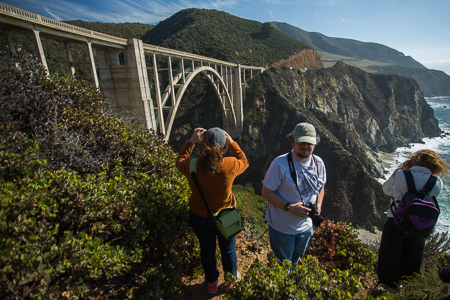 |
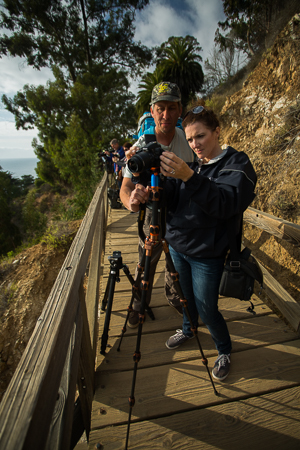 |
 |
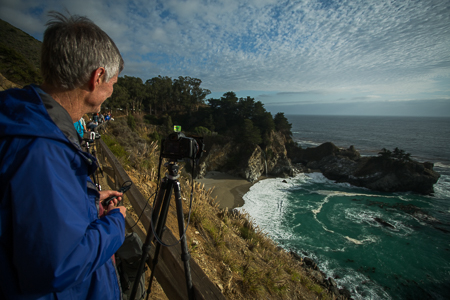 |
 |
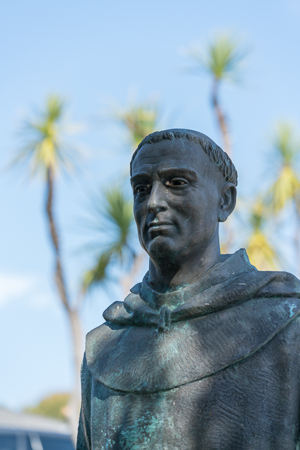 |
 |
 |
 |
 |
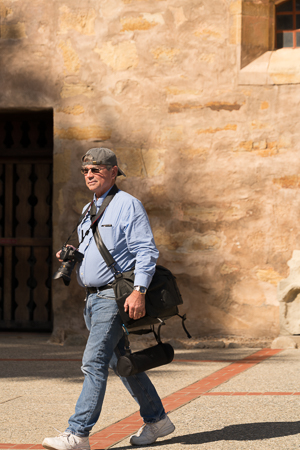 |
 |
 |
 |
 |
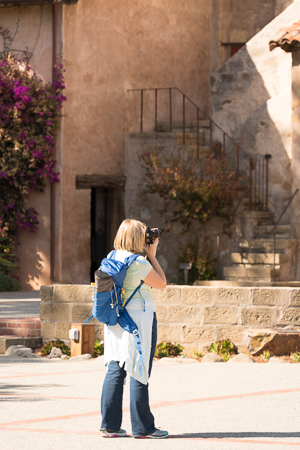 |
 |
 |
 |
 |
 | |
|
 |
Other Cool Stuff→ Past Workshop Photos → 72dpi.com → How-To Articles → Photographer of the Month |
 |
Contact Us→ Contact Us → About Us → Site Map |
© 2009-2024 Aperture Academy, Inc.






